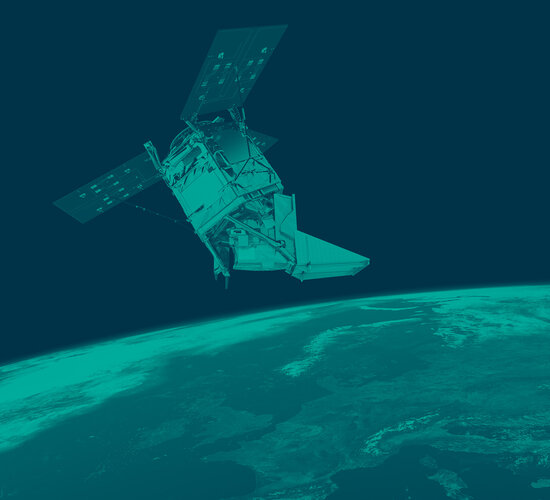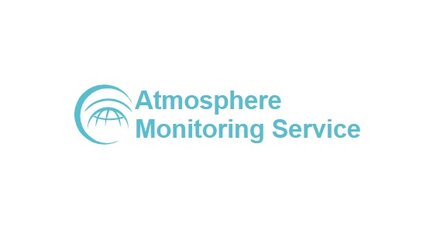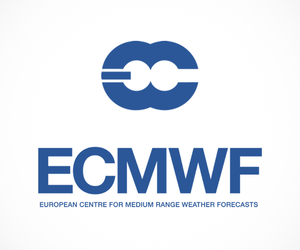Mauro Facchini: Head of Copernicus Unit, European Commission
Mauro Facchini is the Head of the Copernicus Unit within the European Commission’s Directorate General for Internal Market, Industry, Entrepreneurship and SMEs. In an interview, he discusses the benefits of the Copernicus programme and Sentinel-5P.

Mauro Facchini, an Italian, has an engineering background with a PhD in Mechanical Engineering. Before joining the European Commission he worked in Italy, the UK and Switzerland in the academic and research environment.
He joined the European Commission in 2002 where he was initially involved in the management of research projects funded by the EU.
Mauro was then involved in defining the European Space Policy from its early days by concluding the Framework Agreement with ESA and in drafting and including article 189 (EU Space Competence) in the Lisbon Treaty.
From 2006 to 2012 he worked on the development of the European Earth Observation programme. In 2012 he worked in space research matters as Head of the Space Research Unit, and in particular in preparing the space related part of Horizon 2020. Since 2014 he has been responsible for Copernicus, the European Earth Observation programme.
ESA: What makes Copernicus unique compared to other Earth observation programmes worldwide?
Mauro Facchini
Copernicus, the European Union Earth Observation and monitoring programme, is a pillar of the EU Space Policy and since the Lisbon Treaty entered into force, the European Union has acquired a specific space competence becoming one of the major institutional actors in space. The Copernicus free and open data policy paves the way for innovative entrepreneurs to create new applications and services. The programme will ensure the regular observation and monitoring of Earth sub-systems, the atmosphere, oceans and continental surfaces, and will provide reliable, validated and guaranteed information in support of a broad range of environmental and security applications and decisions.
Services are the key innovation of Copernicus; they provide a coherent framework which is unique worldwide and are the envy of many. Copernicus service provision is a key point for the global success of the programme. These services ensure the link between the space data and the application domains by providing processed, aggregated and interpreted information that is tailored to the needs of non-specialised users and in particular policymakers. The Copernicus services organise and sustain unique expertise in their respective domains, and form an essential and indispensable part of the value added by the programme.
ESA: Who benefits from the programme and how?
Mauro Facchini
The main beneficiaries of the Copernicus Programme are the citizens and their wellbeing. A range of new business models can flourish and are already growing around the services and data provided for free by Copernicus. Our challenge is now to create the conditions for a rapidly growing global market for space enabled downstream applications.
Copernicus helps Europe's enterprises to create new jobs and business opportunities, namely services for environmental data production and dissemination, as well as supporting the space industry itself. Studies show that Copernicus could generate a financial benefit of some €30 billion and create thousands of jobs in Europe by 2030. Moreover, the open dissemination regime for Copernicus data and service information will help citizens, businesses, researchers and policymakers to integrate an environmental dimension into all their activities and decision-making procedures.
ESA: Sentinel-5P is tasked to monitor our atmosphere. How can European enterprise benefit from this mission?
Mauro Facchini
Sentinel-5P has been built to map a multitude of trace gases such as nitrogen dioxide, sulphur dioxide, carbon monoxide and methane that affect air quality. Sentinel-5P’s Tropomi instrument will also map global ozone on a daily basis. All these measurements will contribute to furthering our understanding of chemical processes occurring in the atmosphere and how they are linked to our climate. Data from Sentinel-5P will be not only downloaded and directly used by users, but will be used largely through the Copernicus Atmosphere Monitoring Service (CAMS), operated by ECMWF. Data and products are free of charge and open to users worldwide.
Most CAMS users will be mainly European-level decision makers and governments that need data and products to adopt appropriate strategies to support public policies related to ozone monitoring and public health and to fight climate change. Sentinel-5P and CAMS products can be used by value-added service companies for developing applications for local authorities to monitor air quality and implement the right policies about traffic regulation and industries, to warn of high levels of UV radiation, which can cause skin cancer and also to monitor volcanic ash for aviation safety. More and more players in the following years are expected to buy air quality forecasts such as insurance companies (as input data for risk models).
ESA: Now that the first Sentinel missions are fully operational, what are you most looking forward to in the future of the Copernicus programme?
Mauro Facchini
Copernicus will also respond to recently emerging priorities in major European policy areas and address global challenges, such as migration, climate change, sustainable development, food-energy-water and humanitarian aid. The Copernicus programme enables Europe to take autonomous assessments and decisions, assuring non-dependence in key policy areas. In doing so, the Commission will continue to engage with a number of partners such as EU agencies, space agencies and service operators. In the next programme phase the potential for new public-private or public-public partnerships will be further explored.
The Copernicus services are reconfirmed to ensure the continuity and sustainability of these operational data and information in the long term, speaking of several years or even decades: this is a key priority for Copernicus. According to the Space Strategy for Europe adopted by the European Commission in 2016, additional services will be considered to meet emerging need in specific areas including CO2 and greenhouse gases monitoring, land use and forestry monitoring, Arctic observation, security and defence needs. The architecture of the future space component should be flexible enough to be able to accommodate innovative satellite concepts.







